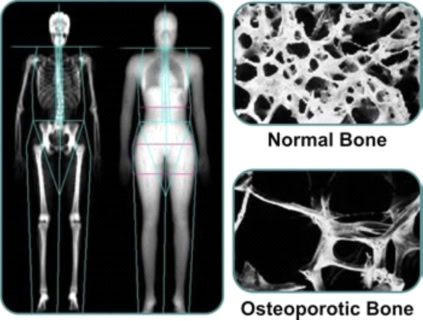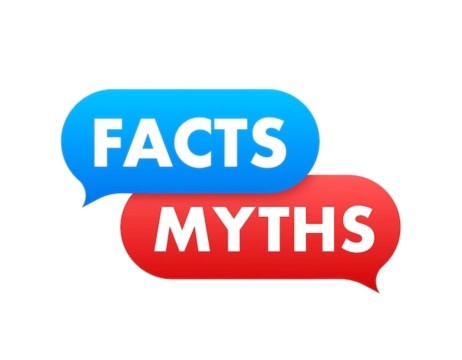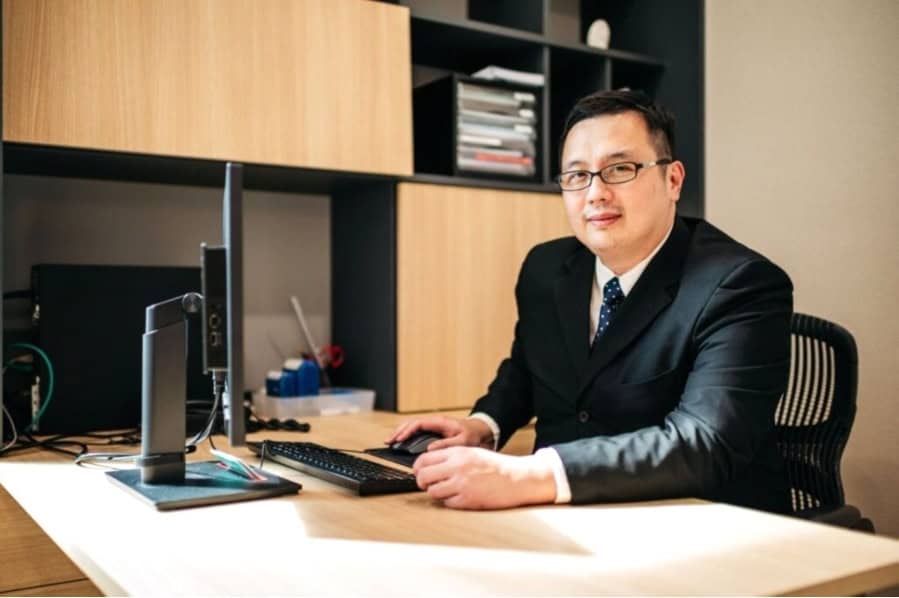Introduction to Orthopaedic and Pain Management
In the journey of life, we all experience aches, pains, and physical discomfort at some point. It’s an inevitable part of being human. But what happens when these pains become a constant companion when they start to interfere with our daily activities, or even worse when they affect our quality of life? This is where the field of Orthopaedic and Pain Management steps in, offering pain relief and improved mobility for patients with musculoskeletal conditions.
Orthopaedics is a medical specialty that focuses on the musculoskeletal system, which includes your bones, joints, muscles, ligaments, tendons, and everything that helps you move. So, when your bones creak, your joints ache, or your muscles feel strained, an orthopaedic surgeon is a specialist you turn to. They are well-equipped to diagnose, treat, and prevent conditions that affect your musculoskeletal system. From broken bones to arthritis, sports injuries to spinal problems, their goal is to keep you on your feet and moving freely.
(image source: https://physiodirectnz.com/orthopaedic-surgery-and-physiotherapy/)
Causes of Osteoporosis and Injury Prevention Strategies
Osteoporosis is a complicated condition because it doesn’t give you clear warning signs like a headache or fever. Instead, it silently weakens your bones over time. The most common sign is breaking a bone easily, even from a small fall. You might also notice some changes like a change in your height, changes in your posture, having trouble breathing, or feeling lower back pain. These changes could be signs of osteoporosis, especially if you’re older. Osteoporosis happens because as you age, your bones stop growing as much as they should, and sometimes, they even shrink. This can happen faster in women after menopause. So, if you notice these signs, it’s a good idea to see an orthopaedic surgeon for a proper medical interview and consultation.
(image source: https://www.quiropracticacostadelsol.com/frequent-symptoms/osteoporosis/?lang=en)
Osteoporosis can affect anyone, but certain groups are more at risk:
- As you get older, your risk of developing this condition increases significantly.
- Women, especially after menopause, are more prone to osteoporosis.
- If someone in your family had osteoporosis, it might increase your risk as well.
- People with smaller frames or who are naturally thin have less bone mass, so bone loss affects them more.
- Smoking or using tobacco products can negatively affect bone health.
These factors can increase your chances of developing osteoporosis, so it’s important to take care of your bone health, especially if you fall into any of these categories. There are strategies to prevent further problems caused by low bone density:
- Eat foods rich in calcium and vitamin D, like dairy products, leafy greens, and fortified cereals, to strengthen your bones.
- Engage in weight-bearing exercises like walking, dancing, or lifting light weights to improve bone density and muscle strength.
- Make your home safer by removing tripping hazards, using handrails, and installing grab bars in the bathroom.
- Wear sturdy, well-fitting shoes with nonslip soles to prevent falls.
- If prescribed, take medications for osteoporosis as directed by your doctor.
- Maintain good posture to reduce the risk of spinal fractures.
- Participate in balance exercises like yoga or tai chi to enhance stability and prevent falls.
- Ensure your vision is up to date to avoid tripping or falling due to poor eyesight.
- Stay on top of bone density tests as recommended by your orthopaedic surgeon.
- Be cautious and aware of your surroundings, especially when walking on uneven terrain or in unfamiliar environments.
By following these strategies, you can lower your risk of injuries and maintain a better quality of life despite having low bone density.
(image source: https://ppemedical.com/blog/osteoporosis-workup-and-treatment/)
Methods for Diagnosis, Screening, and Treatment for Low Bone Density
To find out if you have osteoporosis, a doctor will do a bone density test. This test checks how strong your bones are by using X-rays to see how much calcium and other minerals they have. During the test, you’ll lie down, and a machine will take pictures of your bones. It’s painless, like a regular X-ray, and you can go home right afterward. There are no needles or shots involved. If you have a family history of osteoporosis or are at risk, your doctor might recommend getting these tests regularly. It’s the best way to catch the problem early and prevent broken bones.
After the medical interview and diagnostic tests, your orthopaedic surgeon will create a personalized treatment plan for you. This plan may include the following methods:
- Surgery for the treatment of osteoporotic fractures
- Medications to treat low vitamin D and calcium levels
- Medications to slow down the rate of bone loss
- Hormone replacement therapies for menopausal women
(image source: https://www.freepik.com/free-photos-vectors/myth-fact)
Myths and Facts About Low Bone Density
- Myth: Only older people get low bone density.
Truth: Low bone density can affect people of all ages, including young adults and even children.
- Myth: Low bone density only affects women.
Truth: While it’s more common in women, men can also develop low bone density.
- Myth: Low bone density isn’t a serious condition.
Truth: Low bone density can lead to fractures and other health problems, making it a serious condition.
- Myth: You can’t do anything to improve low bone density.
Truth: Lifestyle changes like a healthy diet and exercise can help improve bone density.
- Myth: Supplements alone can cure low bone density.
Truth: While supplements can help, they’re usually part of a comprehensive treatment plan that includes other strategies like medication and exercise.
Final Words
An orthopaedic surgeon’s role in treating low bone density, often caused by a condition called osteoporosis, is to help when bones become weak and more likely to break. Think of your bones like the scaffolding of a building. When they become fragile due to low bone density, it’s similar to the scaffolding weakening. Orthopaedic surgeons help patients to regain mobility, alleviate symptoms, and enhance quality of life.
FAQs:
What is osteoporosis? Osteoporosis is a condition where bones become weak and brittle, making them more likely to break.
What are the symptoms of osteoporosis? Osteoporosis often has no symptoms until a fracture occurs. Warning signs may include back pain, loss of height, or a stooped posture.
How can I find doctors specializing in osteoporosis near me? Search for orthopaedic specialists or clinics focused on bone health. Online reviews, recommendations, and clinic websites can help you locate experienced doctors nearby.
What treatments do doctors specializing in osteoporosis offer? Treatments may include medications to strengthen bones, calcium and vitamin D supplements, lifestyle changes, physiotherapy, and fall prevention strategies.
How can I know if I am at risk for osteoporosis? Risk factors include aging, family history, being female, low body weight, poor nutrition, and certain medical conditions or medications. A bone density test can confirm your risk.
Can osteoporosis be reversed? While osteoporosis cannot be fully reversed, treatments can improve bone density, reduce fracture risks, and manage symptoms effectively.
How often should I visit a doctor for osteoporosis management? Regular follow-ups, typically every 6–12 months, are recommended to monitor bone density and adjust treatment plans as needed.
What diagnostic tests do doctors use to detect osteoporosis? The most common test is a DEXA (dual-energy X-ray absorptiometry) scan, which measures bone density. Blood tests may also be conducted to assess calcium and vitamin D levels.
Is osteoporosis common in Singapore? Yes, osteoporosis is prevalent among older adults in Singapore, particularly postmenopausal women and individuals with a sedentary lifestyle.
Can men develop osteoporosis? Yes, while more common in women, men can also develop osteoporosis, especially after the age of 50 or due to specific medical conditions.
Are there minimally invasive treatments for osteoporosis? Some minimally invasive procedures, such as vertebroplasty and kyphoplasty, may be used to treat fractures caused by osteoporosis.
When should I see a doctor for osteoporosis? You should consult a doctor if you have risk factors, experience fractures from minor falls, or suspect bone-related issues like persistent back pain or a significant loss of height.
What are the common medications prescribed by doctors for osteoporosis? Doctors may prescribe bisphosphonates, hormone therapy, denosumab, or selective estrogen receptor modulators (SERMs) to improve bone density.
References:
- https://www.theorthopaedicandpainpractice.com/service/low-bone-density/
- https://www.niams.nih.gov/health-topics/osteoporosis
- https://emedicine.medscape.com/article/330598-overview
Dr Yong Ren’s Profile
Dr. Yong Ren graduated from the National University of Singapore’s Medical faculty and embarked on his orthopaedic career soon after. Upon completion of his training locally, he served briefly as an orthopedic trauma surgeon at Khoo Teck Puat Hospital before embarking on sub-specialty training in Switzerland at the famed Inselspital in Bern.
He underwent sub-specialty training in pelvic and spinal surgery, and upon his return to Singapore served as head of the orthopaedic trauma team till 2019. He continues to serve as a Visiting Consultant at Khoo Teck Puat Hospital.
Well-versed in a variety of orthopedic surgeries, he also served as a member of the country council for the local branch of the Arbeitsgemeinschaft für Osteosynthesefragen (Trauma) in Singapore. He was also involved in the training of many of the young doctors in Singapore and was appointed as an Assistant Professor by the Yong Loo Lin School of Medicine. Before he entered the private sector, he also served as core faculty for orthopedic resident training by the National Healthcare Group.








